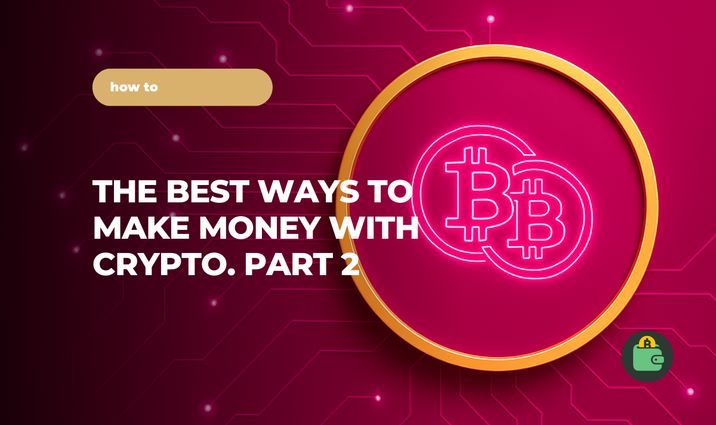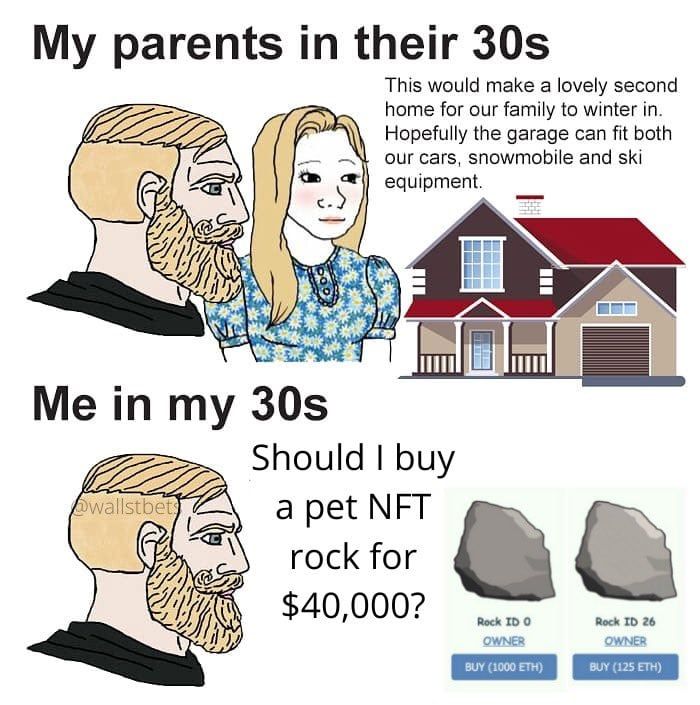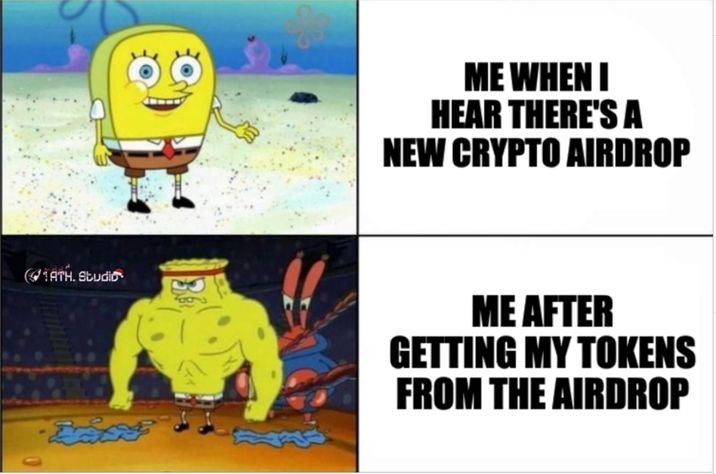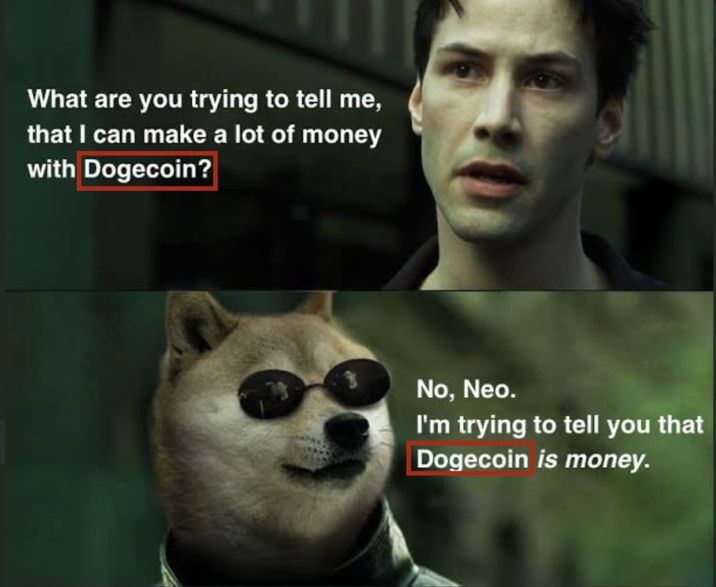The Best Ways to Make Money with Crypto. Part 2

We continue our series on the best ways to make money with crypto. You can read the first part here:
Today, we’re going to discuss NFTs, blockchain games, creating your own tokens, airdrops, and bounty programs.
Disclaimer: Crypto is a high-risk asset class. This article is for informational purposes only and does not constitute investment advice. You could lose all of your capital.
Key Takeaways
- NFTs & blockchain games: Can turn creativity and gameplay into income, but profits vary widely and markets are unstable.
- Earning with NFTs: Two main paths — create and sell your own content, or speculate on collectibles. The potential is high but unpredictable.
- Crypto games: Play-to-earn models can generate daily crypto income, but rewards usually shrink as games become saturated.
- Airdrops: Free token distributions — mostly small rewards, occasionally big wins; unpredictable and time-consuming to track.
- Bounties: Tokens earned for tasks like content creation, translations, or promotion. With consistent effort, they can help build skills and a token portfolio.
- Creating your own token: Offers the highest potential reward but requires significant marketing, technical skills, and resources. Most fail without real value or strong community support.
1. NFTs and Blockchain Games

NFTs are unique digital assets recorded on the blockchain that confirm ownership of an object (image, music track, game item, etc.).
There are two main ways to make money with NFTs:
- Buy NFTs in the early stages and resell them later at a higher price (i.e., speculate on collectible tokens).
- Create and sell your own NFT content (digital art, collectible cards, game items, etc.).
Blockchain games allow players to earn rewards in cryptocurrency or NFTs through gameplay. Popular play-to-earn (P2E) games such as Axie Infinity, The Sandbox, Decentraland, and Splinterlands incorporate in-game tokens or NFT items that hold value outside the game. For example, players can raise characters or mine resources and sell them to others for crypto. In this way, a hobby becomes a source of income.
However, the gaming economy is unstable: without an influx of new participants, rewards decline over time — as happened with Axie. By 2022–2023, player revenues had dropped and the daily audience had shrunk. Nevertheless, GameFi remains a niche where, with some luck, players can monetize their time in the game.
In the NFT space, revenues are extremely uneven. Selling NFT art can bring in thousands or even millions of dollars if a token suddenly becomes in demand (for example, the well-known case of the artist Beeple, who sold a digital collage for $69 million). But this is far from typical: the NFT market is overheated with speculation, and most tokens either fail to find a buyer or lose much of their value.
Earnings from games also vary. Under favorable conditions, dedicated players could earn $10–20 per day (for instance, by completing quests in Axie Infinity, some earned 150–200 SLP tokens daily, which was once worth about $30). But as the game became saturated, rewards decreased and tokens depreciated.
Starting Requirements
📌 Time: If you’re creating NFT content, you need time both to produce the work and to promote it. Selling a single NFT can also take days or weeks. Therefore, earning money from NFTs is not the fastest way to make money.
📌 Money: You need capital to buy tokens — it’s best to invest only what you can afford to lose (since you could get stuck with an illiquid NFT). P2E games sometimes require an upfront investment: during its peak, for example, Axie Infinity required about $500 to purchase characters. Not all games require this — some are free-to-play, but progress is slower without investment. Also, be prepared for transaction fees if the game runs on the Ethereum network or if you need to transfer NFTs.
📌 Knowledge and skills: Creative ability is essential for earning money from creating NFTs. You need to know how to properly mint a token (release it on a platform), set royalties (a percentage of future resales), and promote your work. Trading NFTs requires evaluation skills: the ability to judge which collections are promising, track activity in their communities, and sense emerging trends.
In games, you need both gaming skills (the better you play, the more chances you have to win and earn) and an understanding of the in-game economy. You also need to know how to use crypto wallets, connect to dApps (games or marketplaces), and monitor security so that your NFTs are not stolen through phishing sites.
2. Airdrops and Bounty Programs

Airdrops and bounties are ways to obtain cryptocurrency without direct monetary investment, in exchange for certain actions.
An airdrop is a free distribution of tokens by project developers for promotional purposes. Projects distribute new tokens to the masses, hoping recipients will spread the word and become involved in the ecosystem. A classic airdrop may not require any effort at all: for example, simply owning another cryptocurrency on a certain date (tokens are then “dropped from the air” into your wallet) or registering on the project’s website.
Bounty programs are a hybrid of marketing and freelancing. A crypto project rewards users with tokens for completing tasks. These tasks can include posts and reposts on X, blog articles, YouTube reviews, translations of white papers, attracting referrals, activity on the Bitcointalk forum, and more.
Bounties are often organized before a project’s ICO/IEO as part of its promotion. The team might allocate 1–5% of the token supply to community rewards. Participants complete tasks over several weeks and receive their share of tokens at the end of the campaign.
Thus, an airdrop is more like a lottery or a gift, while a bounty is work for a reward. Both methods allow beginners to test the waters in crypto without financial risk.
The profit from an airdrop is unpredictable. In most cases, it is small — many airdrops distribute tokens worth only a few dollars in total. Income from bounties also varies. If you actively participate in several campaigns, a couple of months of steady work can yield a portfolio of tokens that may later (once listed on an exchange) be valued at several hundred dollars. Some skilled bounty hunters earned thousands by doing this full-time during the ICO boom. Today, however, bounty pools are usually more modest. Still, translating technical documentation or writing a series of articles can bring in a significant number of tokens, especially if the project succeeds.
Starting Requirements
📌 Time and effort: To successfully receive airdrops, you need to monitor multiple sources on an ongoing basis and perform various on-chain activities (using protocols and wallets). This takes hours every week. Bounties require even more time, as they are essentially a job: you’ll have to create content, post regularly on social media, and keep track of your progress. If you choose translation or programming, this can easily become a full-time job.
📌 Money: Classic airdrops and bounties don’t require direct investment. In practice, however, there may be small expenses such as network fees or equipment.
📌 Skills: For simple airdrops, it’s enough to know how to use a wallet and social media. For more complex ones, you’ll need to learn how to work in test networks and interact with dApps (connect your wallet to websites, switch networks, and use bridges). This helps improve your blockchain skills. Soft skills are also useful for bounties: clear writing (if you create articles or posts), knowledge of English, the ability to research projects, and technical skills.
3. Creating and Promoting Your Own Tokens

The most difficult but potentially most profitable way to earn with crypto is to create your own cryptocurrency or token and promote it. This means acting not as a user but as the project’s creator.
This can take the form of a full-fledged cryptocurrency with its own blockchain (very difficult and expensive) or a token built on an existing platform (easier — for example, issuing an ERC-20 token on Ethereum or a BEP-20 token on BSC). Thanks to modern services, launching a simple token now requires minimal effort: some platforms allow you to issue a coin in minutes for just a few dollars.
However, creating a token is only part of the job. To make money, you also need promotion: attract a community, give the token real value — or at least hype — get it listed on an exchange, and ensure liquidity.
Starting Requirements
📌 Time: Developing a token and its infrastructure (website, documentation, smart contract) can take anywhere from a few days (for a meme token built with a generator) to many months (for a complex project involving custom coding). You’ll also need to be ready to answer investors’ questions around the clock, organize AMA sessions, and keep the roadmap updated.
📌 Money: Creating a simple token on an existing blockchain can cost very little — anywhere from $1 to $100, depending on the network. For example, on Binance Smart Chain or Polygon, you can deploy a smart contract for just a few dollars in fees. But the main expenses come later: marketing, exchange listings, development, and legal support.
📌 Knowledge and skills: You’ll need either your own set of competencies or a team. Ideally, the token founder should understand the technical side (blockchain, smart contracts, and tokenomics), marketing (how to build trust, grow a community, and manage social media), and project management. If you lack certain skills, find partners. Creativity is also a huge plus: a viral idea or meme can make promotion much easier.
The Bottom Line
Crypto offers a wide variety of ways to earn — from NFTs and blockchain games to airdrops, bounties, and even launching your own token. Each approach comes with its own balance of risk, time commitment, skills, and potential reward. NFTs and GameFi can turn creativity and gameplay into income but are highly volatile. Airdrops and bounties let you enter the space with little or no money, though returns are unpredictable and often modest. Creating your own token carries the highest potential upside but also demands significant knowledge, resources, and marketing effort.
Ultimately, the right path depends on your personal goals, resources, and interests. Whether you’re an artist, gamer, marketer, or entrepreneur, there’s a niche for you in the crypto ecosystem. Just remember: the opportunities are real, but so are the risks. Start small, stay cautious, and choose methods that align with your strengths and long-term vision.